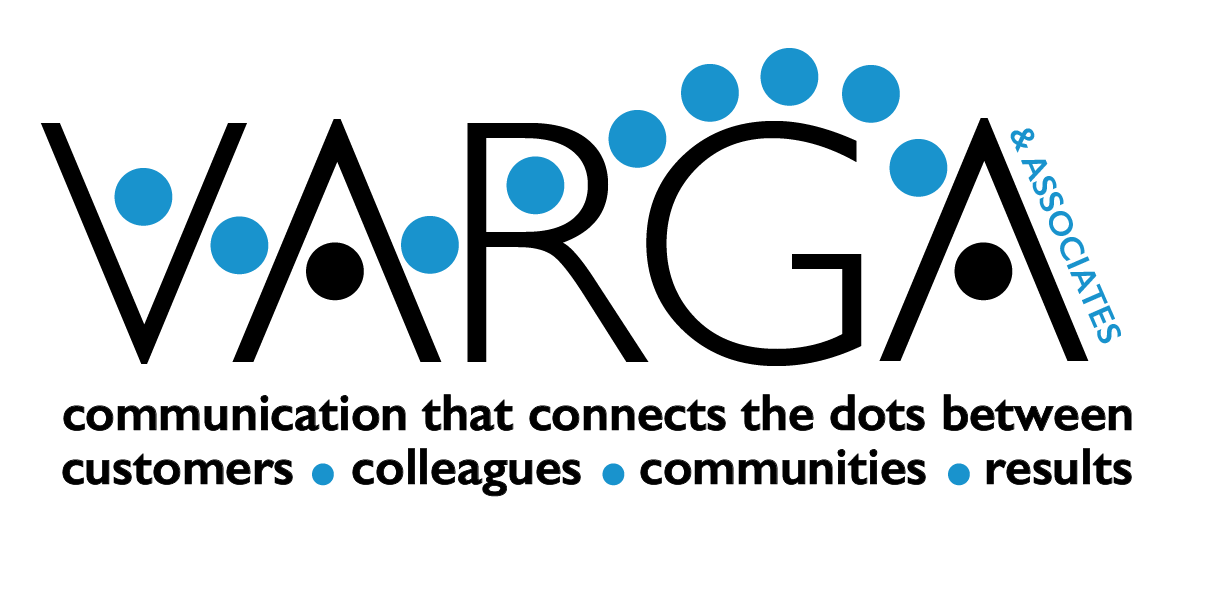When we go to the theatre and see actors on the stage communicating a story we get wrapped-up in the action and forget that the lines that are spoken are scripted and the movement on stage is choreographed. If the production and talent are good it all looks and feels organic and yet it was orchestrated well in advance.
Business speakers can use similar techniques when making a presentation or a big conference speech.
Wherever you are presenting – think of it as a stage and remember that your job is to leverage the space wisely. Avoid the trap of standing in one spot or positioning yourself behind a lectern or walking aimlessly.

To command your audience’s attention you need to
- Begin and end your presentation, front and center. Create intimacy with your audience by delivering your opening remarks “downstage” – as close to your audience as is possible.
- Transition naturally to “stage right” to make your first point. This purposeful and strategic movement will let your audience know you are moving on to your first point.
- Land on your “mark” and present solidly from that point (keep your feet firmly planted) – this will hold your audience’s attention.
- Move “upstage” on your next point and present from that new location.
- Round the bend to “stage left” for your final point.
- Conclude downstage – again, getting close to your audience for your final thoughts.
You can certainly change-up the movement (for instance, going from downstage to stage left, then to stage right, then to upstage and finally downstage) but remember that the goal of this technique is to effectively communicate your transitions through your body movement. Your objective is to organize your listener’s thinking and your purposeful movement on the stage or in the room will guide your audience seamlessly from one idea to another. When we stick to one spot in the room it is more difficult for your audience to distinguish the differences between your ideas and main points.
“A good teacher, like a good entertainer first must hold his audience’s attention, then he can teach his lesson.” John Henrik Clark
Use your body language and movement to hold your audience’s attention and guide them though the message you want them to absorb.






